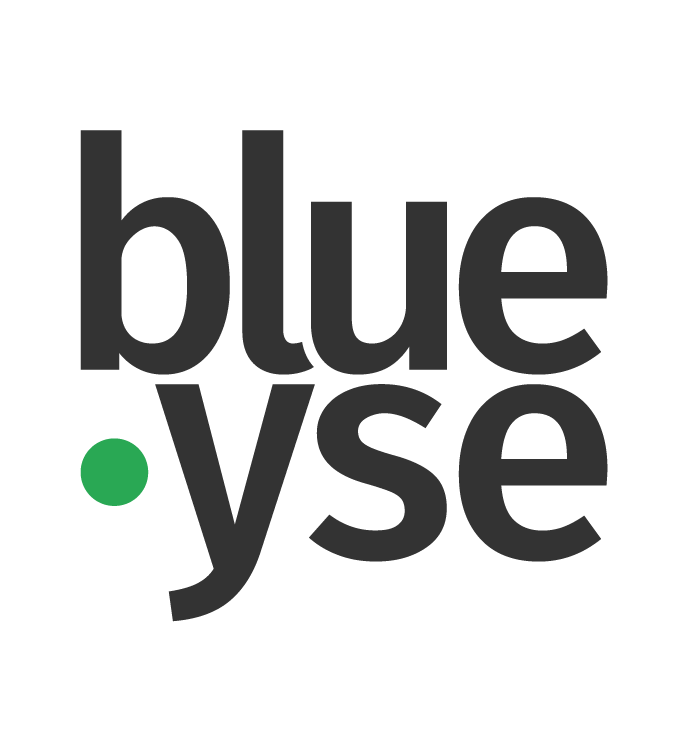
In 2017, 17 SDGs were created by all the United Nations member countries. It includes 193 countries. These SDGs form a global compass for challenges such as poverty, education, and the climate crisis. Prior to the SDGs, the Millenium Development Goals (MDGs) were formulated, containing 8 goals. The SDGs are more ambitious than MDGs. They are the result of broad participation from the government, industry, universities, and other institutions/organizations. The idea behind SDGs is simple: 1) leave no one behind and 2) everyone should be able to build a better future.
SDG 16: peaceful, safe, just, and inclusive societies. This is what SDG 16 should ensure. Without these basic conditions, it would be difficult to make progress on other SDGs, such as quality education, good healthcare, and gender equality. Unfortunately, inclusivity, one of the basic conditions, does not mean the same for everyone. This comes out from the research conducted by Emerald.
Emerald is a global publisher operating in 130 countries. They believe that research has the most impact when a wide range of voices are heard. Race, gender, class, sexual orientation, disability, age, and income should not play a role. Emerald has created a global report to look at how researchers view inclusivity. Emerald sent an electronic questionnaire to 132,241 researchers worldwide in total, from a random selection of their Emerald’s Literati list in 188 countries. This academic survey was truly a global project, yielding data, observations, opinions, and commentary from around the world. The conclusion is clear: inclusivity is a very complex concept and means different things to different people.
How is the situation worldwide
Oppression, war, and human rights violations are the normality of today. The number of armed conflicts has increased and wars cause a huge number of casualties and many people are forced to leave their countries. Many of them depend on humanitarian aid. In short, 2022 is not a good year for refugees and displaced people. According to UNCHR’s annual Global Trends Report published on June 16, 2022, by the end of 2021, 89.3 million people had been displaced from war, violence, persecution, and human rights abuse. This is 8 percent more than a year earlier and more than double the number 10 years ago. Since then, Russia’s invasion of Ukraine – which triggered the fastest and one of the largest forced displacement crises since World War II – and other emergencies from Africa to Afghanistan and beyond, have pushed the figure past the dramatic 100 million milestone.
Media attention for SDGs
The amount of media attention for SDGs has its highs and lows. There are the biggest peaks around September, both 2019 and 2020, because of the SDG action month. During this month, a variety of activities are taking place to create awareness and out the SDGs pack to the public, business, and media agenda. During the “Cucumber Season” (July to August) media attention is limited. During the outbreak of COVID-19 in 2020, we see a significant dip in media attention. From February to April, the news was dominated by COVID-19. This dip will disappear after April and after that, we will see the media attention on SDGs to raise again. In fact: the media attention on SDGs is even stronger after the outbreak of COVID-19 (compared to the time before that). The focus on objectives, such as ‘life on land’ and ‘sustainable cities and communities has increased between 30-40% since February 2020.
Improving the lives on many, that is the motivation
“Communication is key to achieving the SDGs of UN’s 2030 agenda.” This quote is from Ulrika Lyckman-Alnered, Deputy Director of Sustainable Business, Anti-Corruption, Business, and Human Rights at the Swedish Ministry of Foreign Affairs. The question is: how can communication play role in achieving those ambitious goals in important issues such as poverty, climate, and equality. There is, of course, an obvious link between communication and action. If the decisions and resolutions are to matter and be more than just paperwork and fancy words, there is a lot of work to be done. Getting the message across and creating a real effect, that’s what it’s all about. This needs strategic and smart communication, to win the hearts, minds, and wallets of people and companies. It’s a fact that the majority of the world’s population is not very aware of the objectives. Furthermore, there is a great need for coherence between the private and public sectors. To be successful, many different stakeholders need to come together and work together.
Sources
Online ECCO-conferentie: Sustainable Development Goals: https://www.bexcommunicatie.nl/nieuws/laatste-nieuws/detail-online-ecco-conferentie-sustainable-development-goals/
ICT & De Sustainable Development Goals (SDG’s): https://ict-as.sr/ict-en-de-sustainable-development-goals-sdgs/
Sustainable Development Goals? Zo ga je ermee om in je communicatie: https://www.obi4wan.com/nl/blog/sustainable-development-goals-zo-ga-je-ermee-om-als-communicatieprofessional/
SDG 16: vrede, veiligheid en rechtvaardigheid: https://duurzaamheid.nl/sdg/sdg-16-vrede-veiligheid-en-rechtvaardigheid/
Aantal mensen wereldwijd op de vlucht bereikt nieuw record: https://www.unhcr.org/nl/2022/06/global-trends/
Communicating about the SDGs: How best to do it, and which impact to aim for: https://sensetribe.com/blog/2020/07/28/communicating-about-the-sdgs/
The global inclusivity report 2020: https://www.emeraldgrouppublishing.com/global-2020-inclusivity-report
